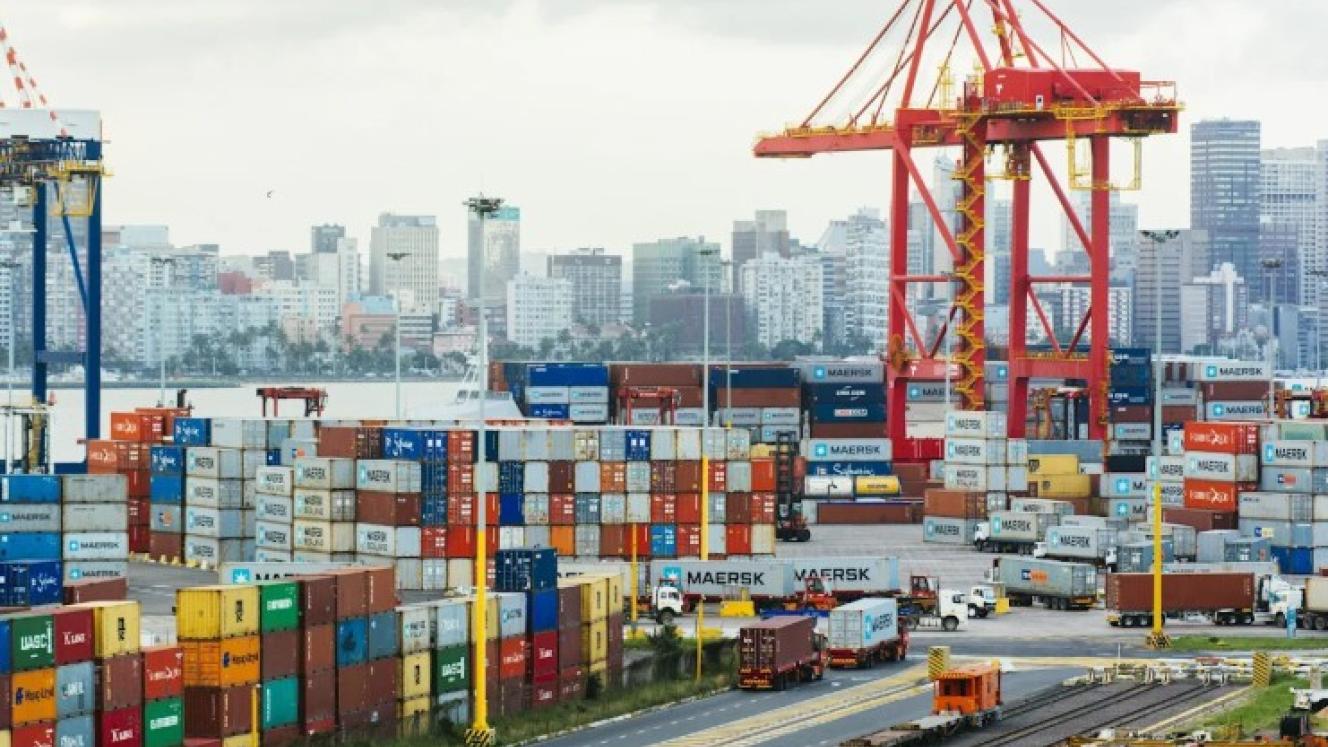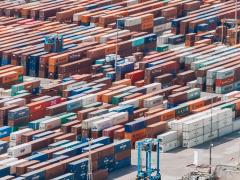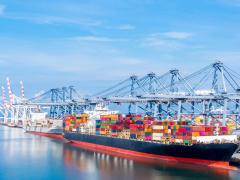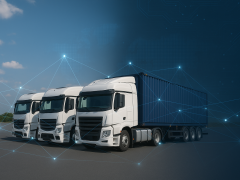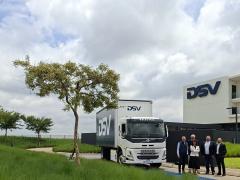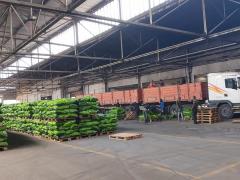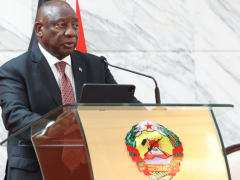Despite ongoing investment in the Copperbelt’s mining sector, infrastructure challenges remain a hurdle, although they are becoming less of a constraint, according to DuncanBonnett, a partner at Africa House.The lack of infrastructure has long impacted mining by increasing transport costs, delaying shipments, and limiting the region’s ability to process minerals efficiently and export them – ultimately affecting its competitiveness in global markets.According to Bonnett, while significant improvements have been made, continued investment in port, road and rail infrastructure remains crucial. “The growing use of Artificial Intelligence (AI) in mining is an exciting development for the Copperbelt and Africa as a whole,” he told Freight News. “By enhancing efficiency and reducing costs, AI is set to play an increasingly prominent role in mining, from exploration to logistics. This technologicaladvancement could fast-track mine development and optimise supply chain operations, strengthening the Copperbelt’s competitiveness in the global market.”One example of these developments, Bonnett said, was the Bill Gates-backed KoBold Metals – an AI-driven mining company focused on identifying critical minerals like copper, lithium and nickel, which are essential for the energy transition. Using AI, the company has already invested $350 million into exploration in Zambia, with further investment expected. Last year, Zambian President Hakainde Hichilema announced that KoBold Metals planned to invest $2.3 billion to develop a major new copper mine at Mingomba, aiming to produce over 300 000 tonnes of copper per year. If realised, this would make it the largest copper operation in Zambia.While ongoing investment in infrastructure to boost exploration and mining can be expected, growing calls for greater local beneficiation of minerals will further add to infrastructure requirements. Adding value“If you want to add value to minerals, you have to do it competitively. No one is goingto buy from you if it’s not cost-effective,” said Bonnett. “Beneficiation requires more than just having the minerals; it demands the right regulatory environment – including emissions control, water and waste disposal – alongside access to capital, technology, skills and competitive manufacturing costs in areas such as power, water, logistics and tax regimes.”Energy investment is another critical focus area for mining houses in the Copperbelt as companies seek to secure reliable power while also reducing their environmental impact.“With the inf lux of new mining investment in the region, we’re seeing a growing trend where companies are establishing their own energy infrastructure,” said Bonnett. “Many of these mines are located in stranded resource areas, off the beaten track, not just in terms of road or rail access but also far from existing transmission and distribution networks. As a result, mining companies are turning to renewable energy solutions, including solar, wind and battery storage, to power their operations.”Energy securityThis shift is not only ensuring energy security but also positioning mines to meet evolving global regulatory requirements. Pending legislation in Europe, such as the Carbon Border Adjustment Mechanism (CBAM), is driving companies to decarbonise their supply chains. “Being able to say that production is powered entirely by renewable energy is a significant win, not just for mining but for the broader convergence of mining and energy,” said Bonnett.Beyond reducing emissions, this transformation strengthens the Copperbelt’s competitiveness by making its minerals, particularly copper and other critical resources, more attractive to global markets seeking sustainable supply chains. The rise of ‘green copper’ and ‘green minerals’ in the region is expected to play a pivotal role in the future of mining and trade, reinforcing Africa’s position as both an offtaker and a driver of renewable energy investment. LV
